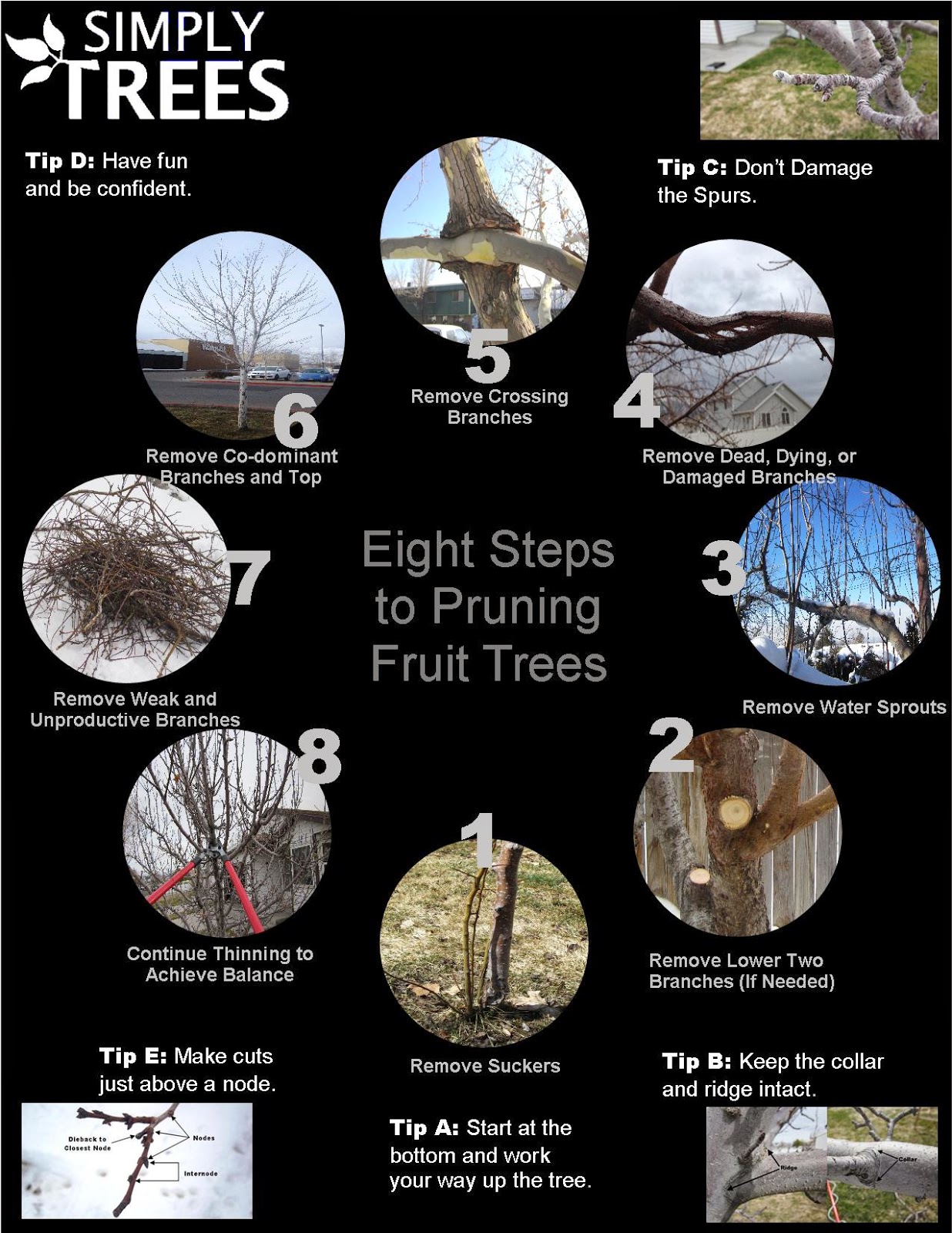Evaluating Tree Health: Guidelines For Picking Tree Elimination
Evaluating Tree Health: Guidelines For Picking Tree Elimination
Blog Article
Author-Lindgaard Byers
If you've ever wondered about the fate of the trees on your home, recognizing when it's time for elimination is essential. However just how do you identify if a tree can be saved or if removal is the only alternative? By searching for certain signs and evaluating safety and security threats, you can make educated decisions that benefit both your landscape and your environments. Let's discover the essential aspects that enter into play when deciding the destiny of a tree and how you can make certain the best result for your green buddies.
Signs of Tree Decline
If you see any one of the complying with signs of tree decline in your yard, it might be time to take into consideration tree elimination.
One usual indication is dead or rotting branches, which can show underlying concerns influencing the tree's health. Look out for blemished or shrivelled fallen leaves that continue even with proper treatment, as this could be an indication of disease or parasites.
An additional warning signal is too much leaning or a visible change in the tree's base, which may recommend origin issues or architectural instability. Keep an eye out for fungal growth on the trunk or origins, as this can indicate rot and jeopardize the tree's security.
Furthermore, if you observe big splits in the trunk or major arm or legs, it's critical to attend to these problems immediately to prevent potential risks. Dealing with these signs of tree decline promptly can help preserve the security and looks of your backyard setting.
Safety Problems
To ensure the health of your home and those around you, prioritizing security worries related to trees is extremely important. https://www.cpr.org/2019/07/22/colorado-xeriscape-isnt-rock-cactus-sustainable-landscaping/ can present different safety threats if not properly kept. look at this web-site or decaying branches might fall all of a sudden, endangering people or destructive frameworks.
Leaning trees can likewise be harmful, especially if they're leaning in the direction of a structure or power lines. Furthermore, trees with considerable root systems near structures or below ground energies can create significant damage in time.
It's critical to routinely evaluate your trees for any kind of indications of potential threat. Look out for fractures in the trunk, huge dental caries, or signs of condition and degeneration. If you observe any of these problems, it's ideal to talk to an expert arborist to assess the scenario and establish the necessary course of action.
Taking aggressive steps to resolve safety issues without delay can stop accidents and home damage in the future. Remember, the safety and security of your residential or commercial property and those around you need to constantly be the top concern when it concerns tree maintenance.
Consulting an Arborist
When thinking about the health and wellness of your trees, speaking with an arborist is a crucial step. Arborists are educated specialists who specialize in the treatment and upkeep of trees. They can assess the general health and wellness of your trees, identify any kind of issues such as conditions or architectural problems, and supply expert referrals on the best strategy.
By speaking with an arborist, you can receive useful understandings into the problem of your trees and determine whether elimination is needed. Arborists have the expertise and experience to examine the threats connected with keeping a tree versus removing it. They can also provide assistance on alternative options, such as trimming, cabling, or bracing, to help maintain the tree whenever feasible.
Furthermore, arborists can assist you browse any type of regional guidelines or allows that might be needed for tree elimination. Their competence can make certain that the procedure is executed safely and in compliance with any suitable laws.
Conclusion
Finally, when determining whether trees can be conserved or if removal is necessary, it is necessary to think about indications of decline and safety problems. Consulting an arborist for a complete evaluation is important in making the most effective decision for the tree's health and wellness and potential dangers. Bear in mind, proactive care and timely activity can aid preserve trees and stop crashes.
